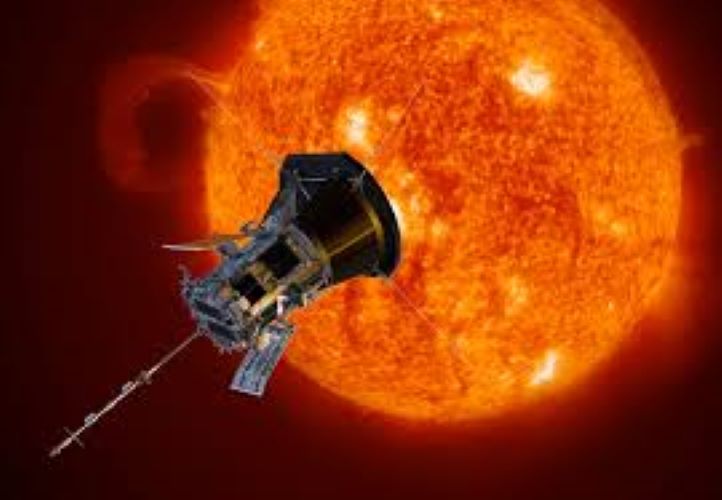Solar Cycle 25: How the Sun’s Peak Activity Will Impact

Solar activity is set to remain high throughout 2025, marking a crucial period in Solar Cycle 25. This cycle, which is part of the sun’s 11-year cycle, is characterized by increased solar phenomena such as solar flares, coronal mass ejections (CMEs), and geomagnetic storms. These events can have significant effects on various sectors, including technology and agriculture. While there will be no total solar eclipses this year, partial eclipses are expected in March and September, visible in regions such as North America, Europe, and New Zealand. The heightened solar activity has already led to dramatic events, suggesting that 2025 will be a year of notable solar influence.
Insights into Solar Cycle 25
The National Oceanic and Atmospheric Administration (NOAA) has reported that the sun is currently in the solar maximum phase of Solar Cycle 25. This phase is marked by a high number of sunspots, which are dark spots on the sun’s surface that indicate increased solar activity. During this time, solar flares and Earth-directed CMEs are more frequent. Although the exact peak of Solar Cycle 25 has yet to be determined, it is clear that this cycle has already surpassed the peak activity levels of Solar Cycle 24, which occurred in 2014.
Scientists closely monitor the rolling average of sunspot numbers to confirm when the peak has been reached. However, it is important to note that the smoothed data often lags behind actual events by several months. This means that while we may not know the precise peak yet, the ongoing activity suggests that we are still experiencing significant solar phenomena. Understanding these cycles is crucial for predicting future solar events and their potential impacts on Earth.
Projected Events and Impacts in 2025
Even if the peak of Solar Cycle 25 has been reached, the extended period of solar maximum activity is expected to continue. This could lead to large-scale geomagnetic storms, similar to those experienced in 2024. Such storms can disrupt satellite-based services and power grids, posing risks to various industries. For instance, in May 2024, an extreme geomagnetic storm caused significant disruptions to navigation systems, leading to considerable losses in agriculture.
As we move into 2025, similar events could threaten industries that rely heavily on technology. The potential for disruptions highlights the need for preparedness and resilience in the face of solar activity. Companies and governments must consider the implications of these solar phenomena and develop strategies to mitigate their impacts. This includes investing in infrastructure that can withstand geomagnetic storms and ensuring that critical services remain operational during solar events.
Potential for Aurora Sightings
With the ongoing high levels of solar activity, the potential for widespread aurora sightings increases. Auroras, also known as the Northern and Southern Lights, are caused by charged particles from the sun interacting with Earth’s atmosphere. Historical patterns indicate that stronger solar flares often occur during the declining phase of a solar cycle. As such, scientists are on alert for potential large-scale auroral displays before Solar Cycle 25 concludes.
Missions like the European Space Agency’s Solar Orbiter are providing valuable insights into solar phenomena. These observations help scientists understand the sun’s behavior and its effects on Earth. As we approach 2025, the excitement surrounding potential auroras grows. People in regions closer to the poles may have the best chances of witnessing these stunning natural displays. The combination of heightened solar activity and the right atmospheric conditions could lead to spectacular sights in the night sky.
2025 promises to be a significant year for solar activity, with implications for technology, agriculture, and natural phenomena like auroras. Understanding these dynamics is essential for navigating the challenges and opportunities presented by our sun.
Observer Voice is the one stop site for National, International news, Sports, Editor’s Choice, Art/culture contents, Quotes and much more. We also cover historical contents. Historical contents includes World History, Indian History, and what happened today. The website also covers Entertainment across the India and World.

